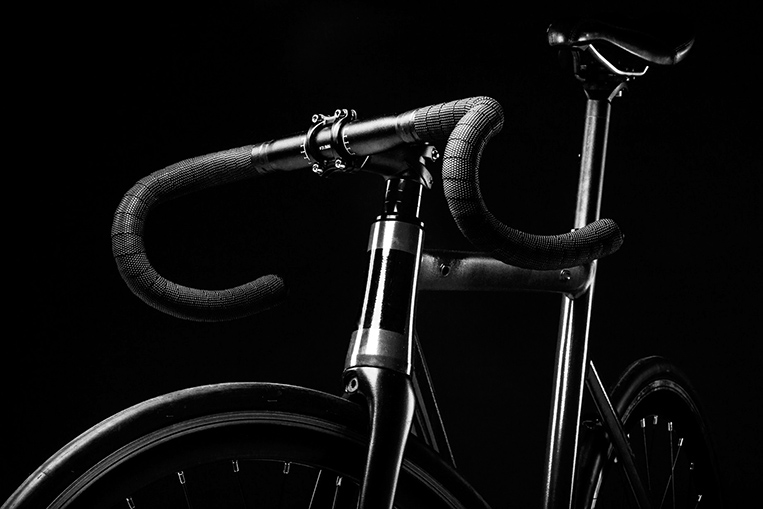
The current coronavirus outbreak might be causing issues and grabbing headlines across the world right now, but it’s certainly not the first time that a disease of this type has impacted large parts of the global population. Back in 1918, an influenzal pandemic infected 500 million people—or roughly 27% of the earth’s population at the time—and killed anywhere between 17 million and 100 million individuals around the globe. It is considered to have been one of the deadliest pandemics in human history, and was one of two involving the H1N1 influenza virus (the second one being the swine flu in 2009). With no modern medicine as we know it today to help them, folks back then reverted to simple and common-sense methods in an effort to reduce their risk of infection. One such method was the use of bicycles to get around town, and this seems as good a piece of advice now as it was back then.
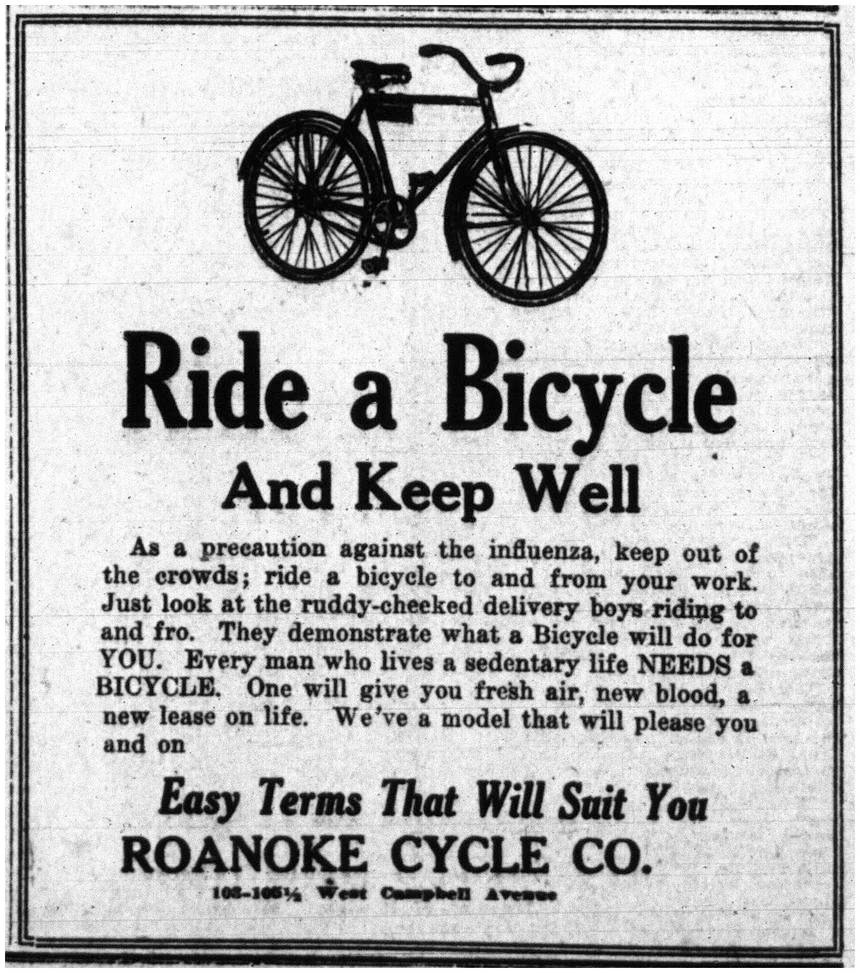
Although often called the Spanish flu, the 1918 pandemic very likely didn’t actually originate in Spain. It still affected an awful lot of people, though, and just like today, some businesses were quick to try and capitalize on the situation. Among them were bicycle shops that published advertisements calling on people to ride a bike if they wanted to avoid getting sick. While not exactly medical advice, their somewhat self-serving argument had a valid point. Using a bicycle to commute means you can avoid crowded buses and other means of public transportation, where a virus like COVID-19 can spread from human to human with absolute ease. It also means you are not standing in line to take a bus, MRT or UV Express ride, and you therefore come into less contact with other human beings, which realistically will reduce your risk of catching the disease.
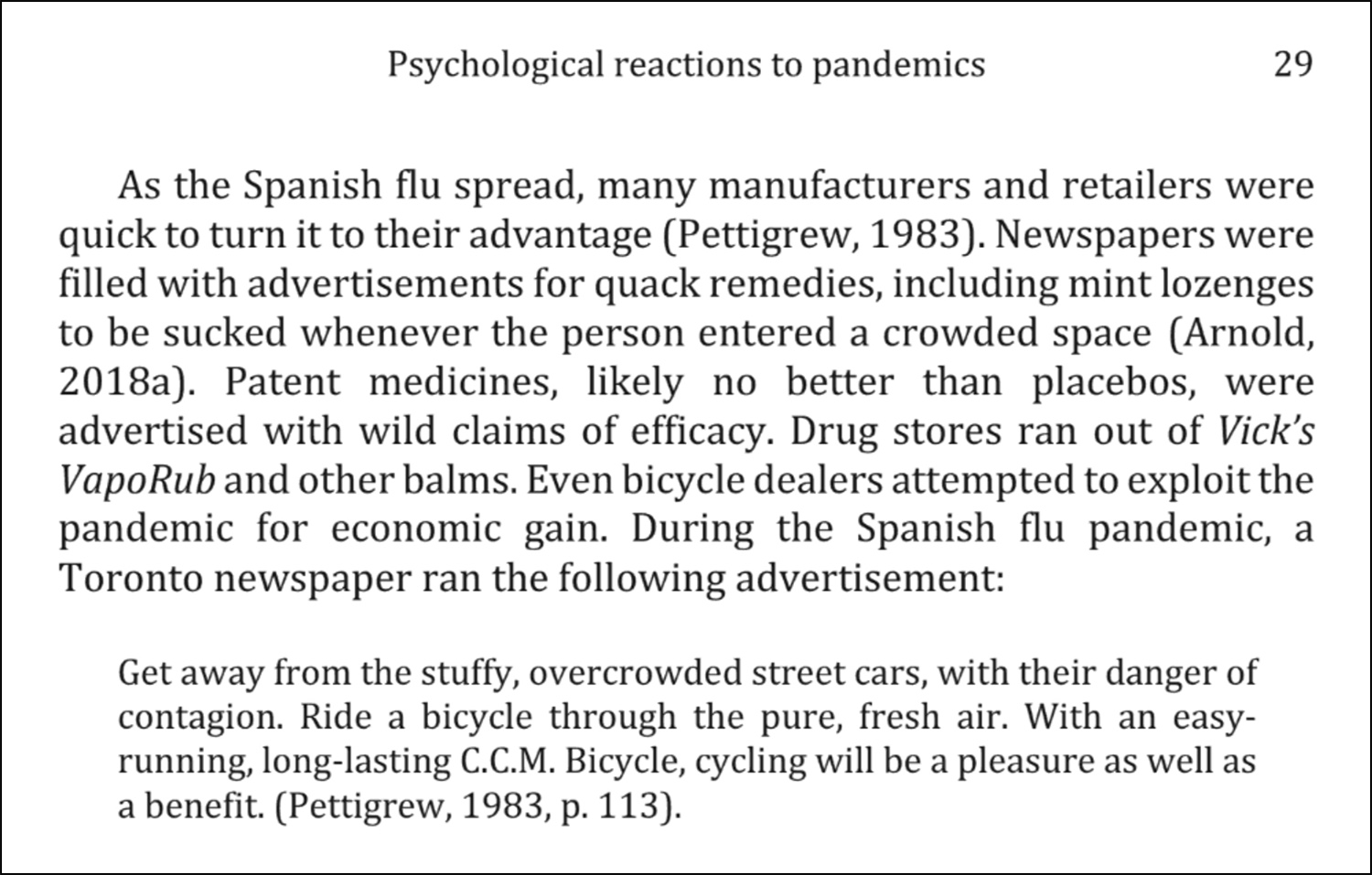
Especially in a densely populated and already overcrowded megalopolis like Metro Manila, avoiding contact with your fellow commuters can make the difference between catching the virus or having it pass you by. Then, of course, there are the added health and time benefits of cycling. Even in a polluted place like the National Capital Region, cycling is still an activity that is good for your health. It also saves you a lot of time, especially if your commute is reasonably short—say, 5km to 10km. Whenever I commute from Mandaluyong to Makati by taxi or Grab, it usually takes me up to an hour to get to my destination in the morning or back home at night. On my bicycle, it takes me 15 minutes either way, no matter what the traffic is like. And it’s not just humans who travel quicker by bike. Your food does, too.
So while we’re not saying that cycling will cure people from the disease or guarantee you won’t catch it, switching to two wheels does actually present a viable way to reduce your risk of getting it. Next to that, it also makes you healthier and helps you beat traffic. These are good enough reasons to get a bicycle, don’t you think? And if you’re now considering joining the growing number of bike commuters, please read this first. Hopefully, we will see you cycling out there soon.

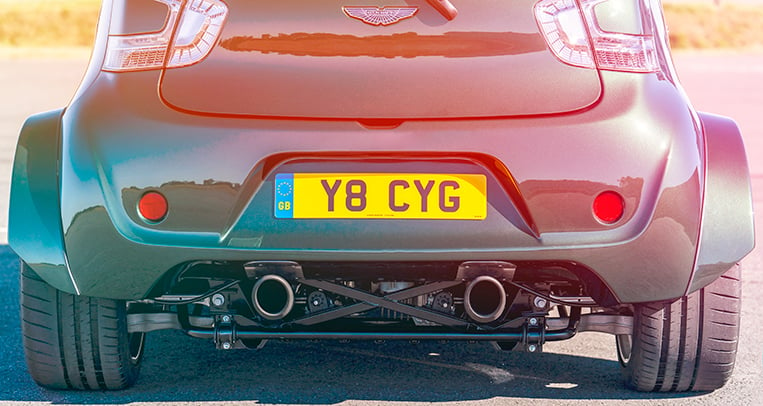

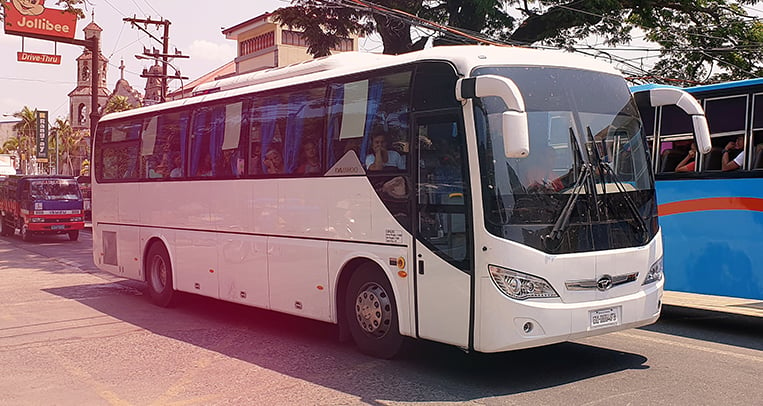

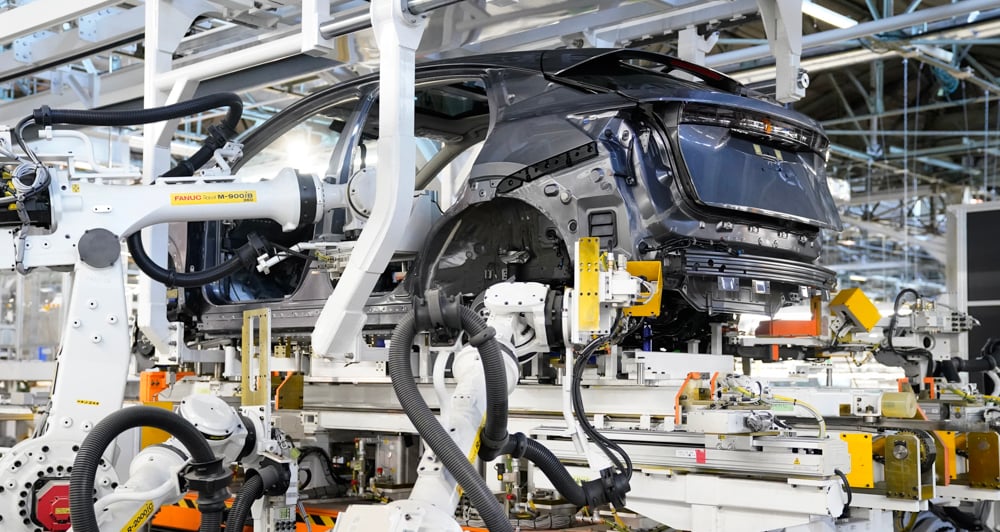




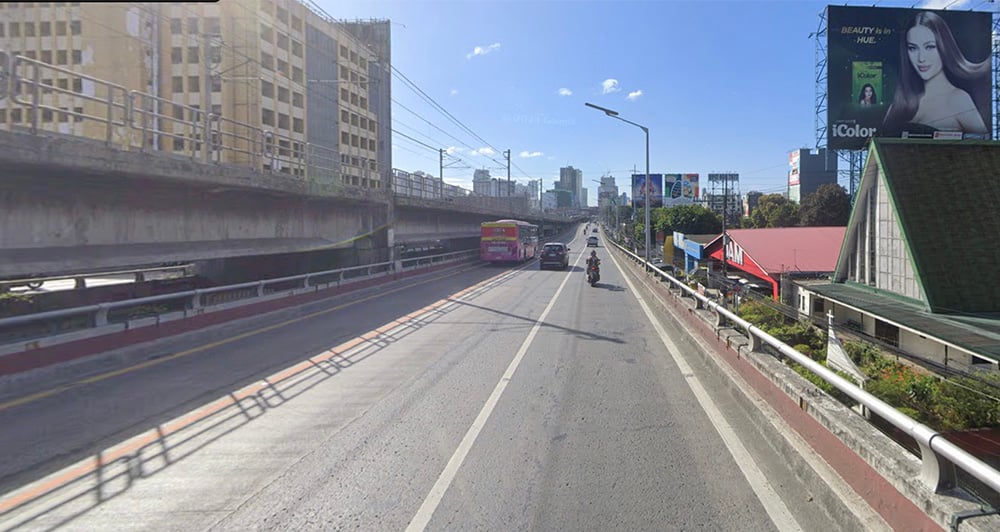
Comments